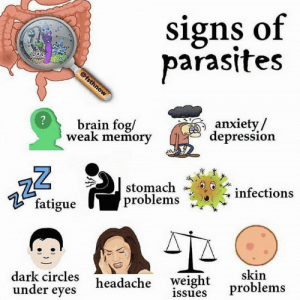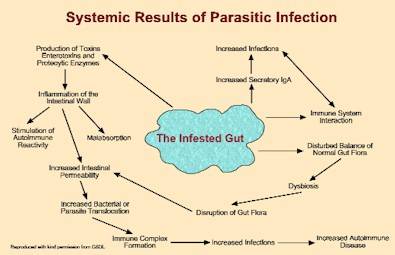

Healthy adults generally recover with no lasting effects, but it may take several months for the disease to go away completely. Lymph nodes in the region of the wound may swell and become painful, and affected individuals may experience fever, headache, sore muscles and joints, fatigue, and poor appetite.

People with CSD usually develop swelling and possibly a blister at the site of the bite or scratch.

Among cats, this bacterium is most commonly transmitted by the bites of infected cat fleas, and it may also be found in the feces of these fleas, which can serve as sources of infection if exposed to an open wound in either a cat or a human. As the name implies, this bacterial infection is usually transmitted from cat to human via scratches, although it can also be transmitted via bite wounds and when a cat licks the open wounds of a person. This includes infants, individuals with acquired immunodeficiency syndrome (AIDS), the elderly, and people undergoing cancer chemotherapy or receiving other drugs that may suppress their immune systems.ĬSD is caused by a bacterium called Bartonella henselae, which may be carried in the saliva of infected cats and in the bodies of cat fleas. The likelihood of an average person contracting a zoonotic disease from a cat is low, but individuals with immature or weakened immune systems are more susceptible to these diseases. For more information about specific risks, diagnosis, and treatment of zoonotic diseases, contact your physician/health professional. While not comprehensive, this article highlights the most common zoonotic diseases that may be carried by cats and simple precautions you can take to reduce your risk of contracting these diseases. Diseases that can be transmitted from animals to people are called zoonotic diseases. Need for Rabies Vaccination for Indoor CatsĪlthough most feline infectious diseases only affect cats, some of these diseases can be transmitted from cats to people.


 0 kommentar(er)
0 kommentar(er)
